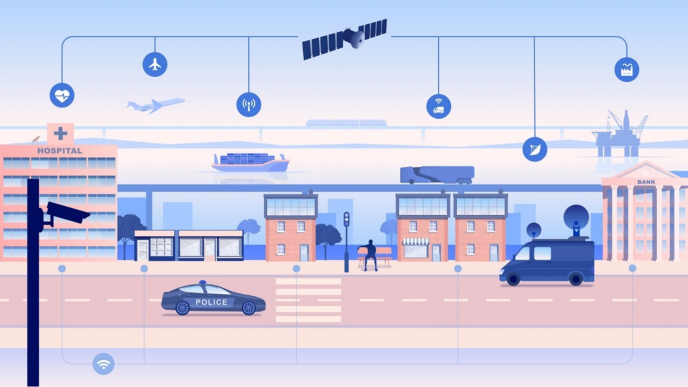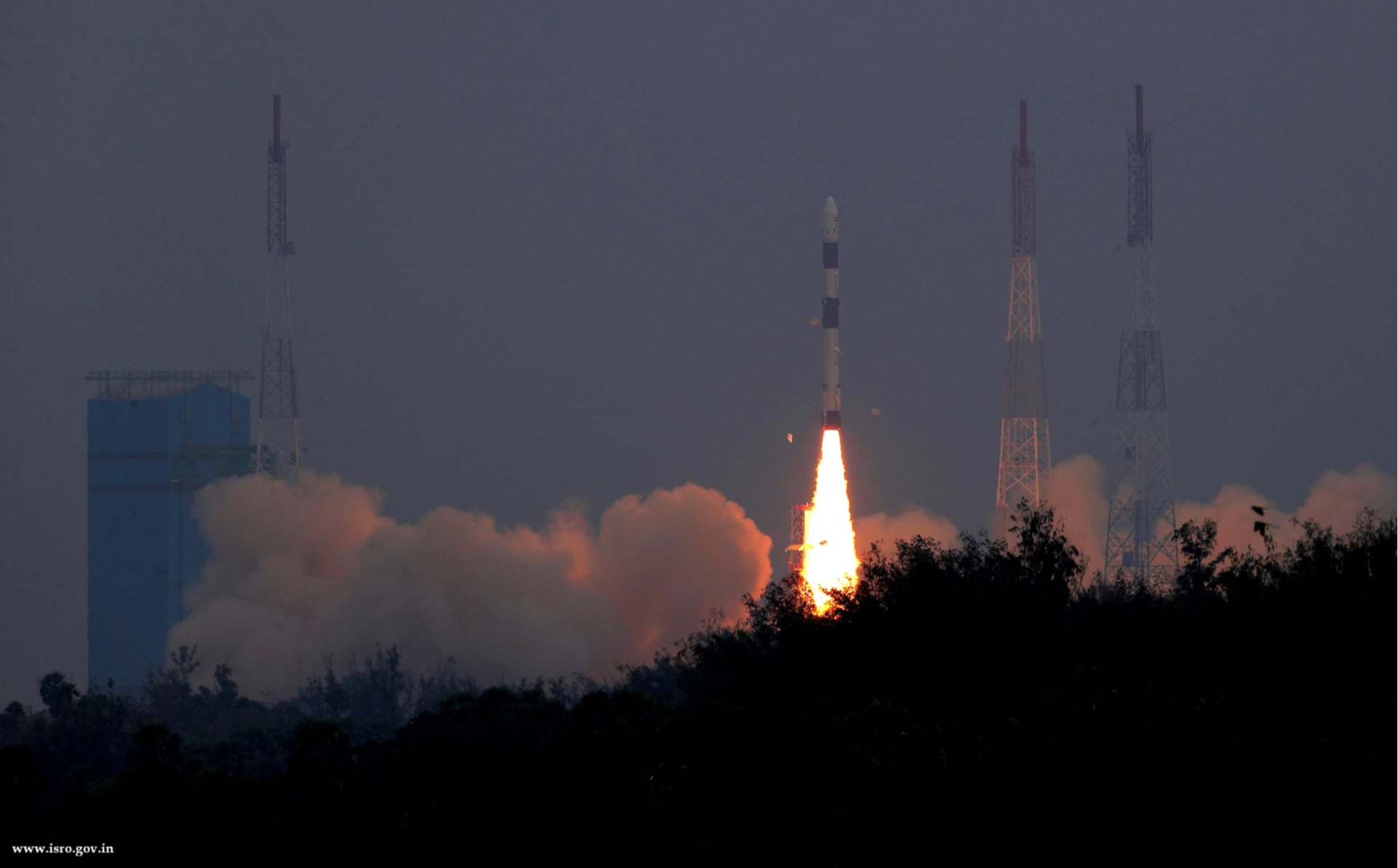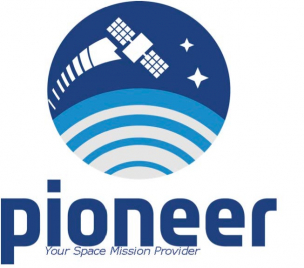BACKGROUND
The automotive sector is a key target area for future 5G systems, as new standards require the integration of mobile communications into vehicles. However, antennas providing seamless connectivity in vehicles are not yet available, due to many technological and commercial challenges, which cannot be addressed in isolation. Antennas for satellite-connected cars can be designed for various frequency bands (e.g., L-, S-, Ku- and/or Ka-Band), require compatibility with terrestrial and other satellite services (e.g., satellite radio and navigation) and must satisfy the requirements of the automotive market.

ABOUT THE PROPOSED ACTIVITY
This activity will lead to the design of a class of low-profile and conformal antennas, following a holistic approach where all main stakeholders (i.e., antenna technology provider, car manufacturer, satellite/terrestrial operator) are involved in the antenna design. This includes aspects such as:
- Selection of at least one use-case and system definition: frequency bands (e.g., S-, Ku-, Ka-Band), satellite type and orbits (e.g. LEO, MEO, GEO and/or HEO).
- Optimisation of the system architecture, with the aim of simplifying the automotive antenna.
- Selection of a vehicle class and associated environmental and safety constraints.
- Co-design of the antenna/vehicle chassis, where the satellite terminal antenna aperture is embedded in the chassis frame, roof and/or other conformal structure, to guarantee a suitable aperture size and orientation, whilst minimising the impact on the vehicle design and aesthetics.
- End-to-end demonstration of the prototype system with two or more vehicles, validating the target use-case(s).

ABOUT THE SPACE FOR 5G/6G AND SUSTAINABLE CONNECTIVITY STRATEGIC PROGRAMME LINE
ESA’s Space for 5G/6G and Sustainable Connectivity Strategic Programme Line (SPL) has been set up to support the space sector to deliver cost effective technology solutions for 5G and 6G. The 5G/6G SPL provides funding for activities and projects aimed at the common strategic goal of supporting the digitalisation of business and society; this is conducted in coordination with related 5G/6G initiatives at European and national level in various Member States.
You can find more information here: Space for 5G | ESA TIA
ESA TENDER INFORMATION
This activity is an approved ARTES Space for 5G/6G Workplan activity with a total budget of 5M Euro and planned for release by Q4 2023. The Activity appears in the Workplan 2023 (Ref. 7C.084, 5G automotive antenna prototype and demonstration).
ESA will release the open competitive Invitation to Tender (ITT). Eligibility will be restricted to any company and/or organisation, public body, or non-governmental organisation, residing in any of the participating states: Austria, Belgium, Canada, Switzerland, Germany, Greece, Spain, Finland, Hungary, Ireland, Italy, Luxembourg, Netherlands, Norway, Portugal, Romania, Sweden, United Kingdom.
Responding to an open competitive Invitation to Tender (ITT) requires the submission of a Proposal. The Proposal will be evaluated according to ESA regulations and procedures.
The consequential evaluation of proposals results in a recommendation for a winning bid. In the event that several proposals of good quality targeting different and/or complementary aspects are submitted, ESA reserves the right to place parallel contracts for each of the open competitive ITTs in coordination with the relevant national delegations.
Your tender must be submitted in electronic format only via esa-star tendering [see: https://esastar.sso.esa.int/]
LINKS
ARTES 4.0 CC Summary Flyer
ARTES 4.0 Core Competitiveness: An Overview (presentation)
ARTES 5G Specific Programme Line
ARTES 4.0 Work Plan










